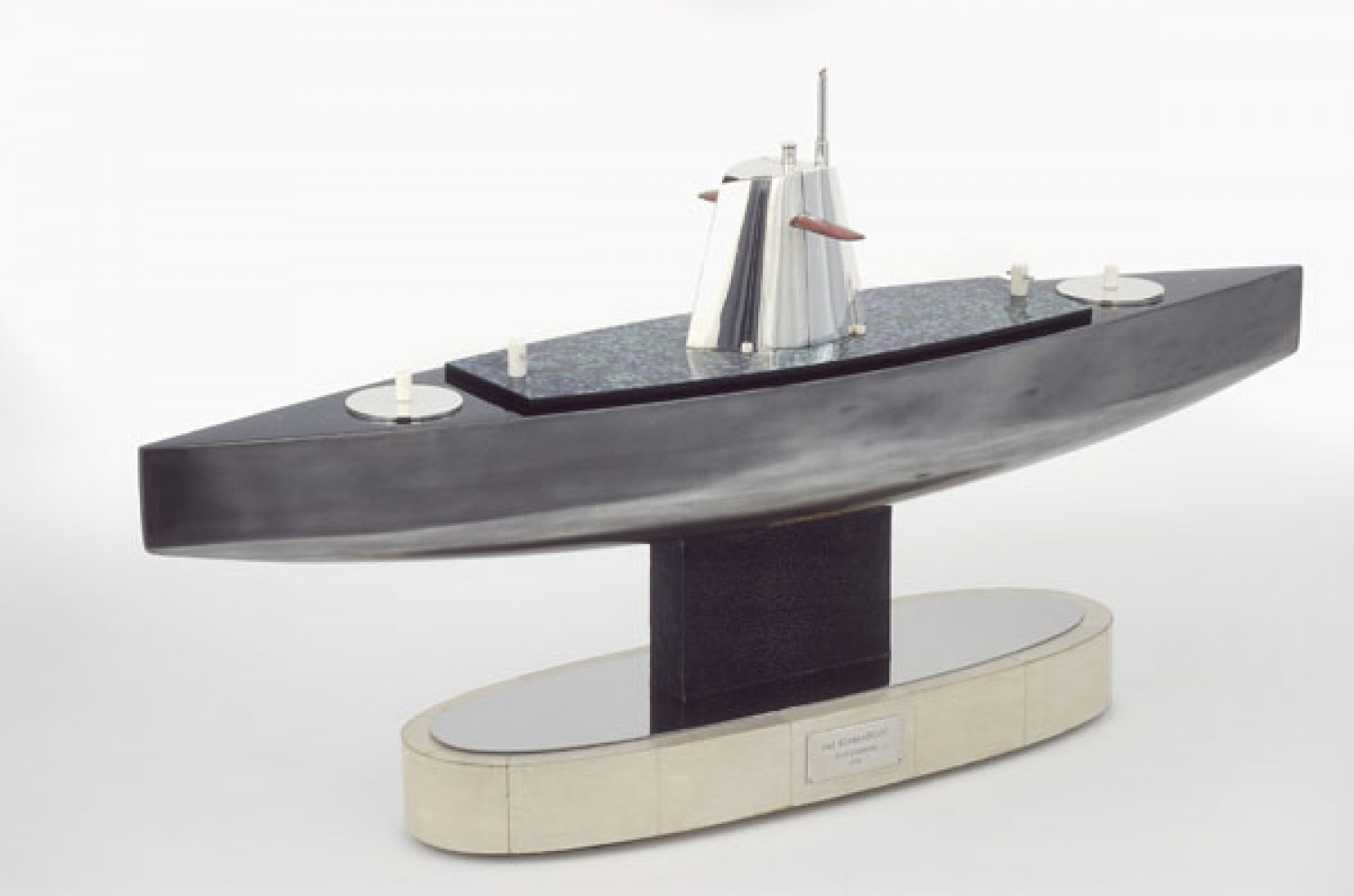In 1964 the arts and crafts department of the abbey school in Maredsous, where such jewellery designers as Emile Souply, Claude Wesel, Bernard François, Raf Verjans and Siegfried De Buck trained, closed its doors. In 1968 a new initiative was taken. Under the impetus of Wim ibens the Royal Academy of Fine Arts Antwerp founded Atelier 35, a jewellery workshop, as part of the evening courses it organised for social-cultural development. In 1971-1972 a similar department was founded for further higher art education at the Nationaal Hoger Instituut voor Schone Kunsten (NHISK). In 1975 a silversmith department was added. Wim ibens was of the opinion that these courses had to be founded on the interaction between matter, technique and creativity. Together with Daniel Weinberger Jean Lemmens was among the first generation of graduates of these courses, going on to train a whole slew of young jwellery designers including Sofie Lachaert, Anne Zellien, Pia Clauwaert, Hendrik Byl, Hilde Van der Heyden and Thessa Goossens.
The sculptor, gold- and silversmith Wim ibens, who was educated at the Technical Arts and Crafts School in Berchem, the Institut des arts et métiers (IAM) in Brussels, KASKA and the NHISK in Antwerp, opened his own workshop in Borgerhout in the Sixties, moving to Wuustwezel in 1968. His work, which includes jewellery and religious silver and gold as well as monumental art, was selected for various Scheppend Ambacht exhibitions. In 1961 and 1963 his entries received the prize of the Province of Antwerp for the applied arts. The curator Piet Baudouin purchased a chalice with imitation aquamarines by ibens on behalf of the Provincial Museum of Arts and Crafts in 1960. Wim ibens also collaborated with other artists. In 1991 he manufactured a chalice and paten in partly gilded silver and epoxy based on a design by the architect bOb Van Reeth for Father Jan van Uytvange. One of his biggest commissions was the restoration of St. Gertrude’s Shrine in Nivelles, which he completed together with Anger Plutinski and Patrick Storme. The project also led to the foundation of the Academy’s metal restoration department, which celebrates its silver jubilee in 2013. In 1996 Wim ibens, who was born in 1934, retired but unfortunately he did not have the opportunity to enjoy his retirement years as he died in 1997.
Upon the foundation of the Silver Museum in 1992 contacts were established with various jewellery design and silversmithing programmes. Thanks to the organisation of Master classes, among others by Rod Kelly, Richard Cook and Alistair McCallum, the Silver Museum is able to offer lecturers and graduates additional options for learning more about special techniques. The Silver Museum purchases silver and gold from talented students and provides them with a platform to exhibit their work through the presentation of Zilvertalenten (Silver talents), the Sterckshof commissions, the biennial Wim ibens prize and exciting exhibitions such as A Sparkling Party, Twen in 2000 and Gentle Reminders. Eight of the sixteen Sterckshof commissions were created by lecturers or graduates of KASKA including Ontbijt in de melkweg by Nedda El Asmar, das kUchenBOOT by Jean Lemmens, In stilte geborgen - een eeuwigheid groot by Hilde Van der Heyden, Concerto Grosso by Rembrandt Jordan, Wirework by Annemie De Corte, Without Prescription by Dries Lambert, Perpetuum Mobile by Helena Schepens and Prelude to a Kiss by Georges Cuyvers. Joris Kuyl’s work is represented in the contemporary silver collection with his ensemble Waterfront, his entry for the exhibition A Sparkling Party, and Ace of Spades, for which he collaborated with the body artist Wim Van den Bogaert. The Silver Museum also purchased the coffee and tea set Central Park, designed by Nedda El Asmar, who succeeded Jean Lemmens as lecturer at the Academy, which is manufactured by Puiforcat.


